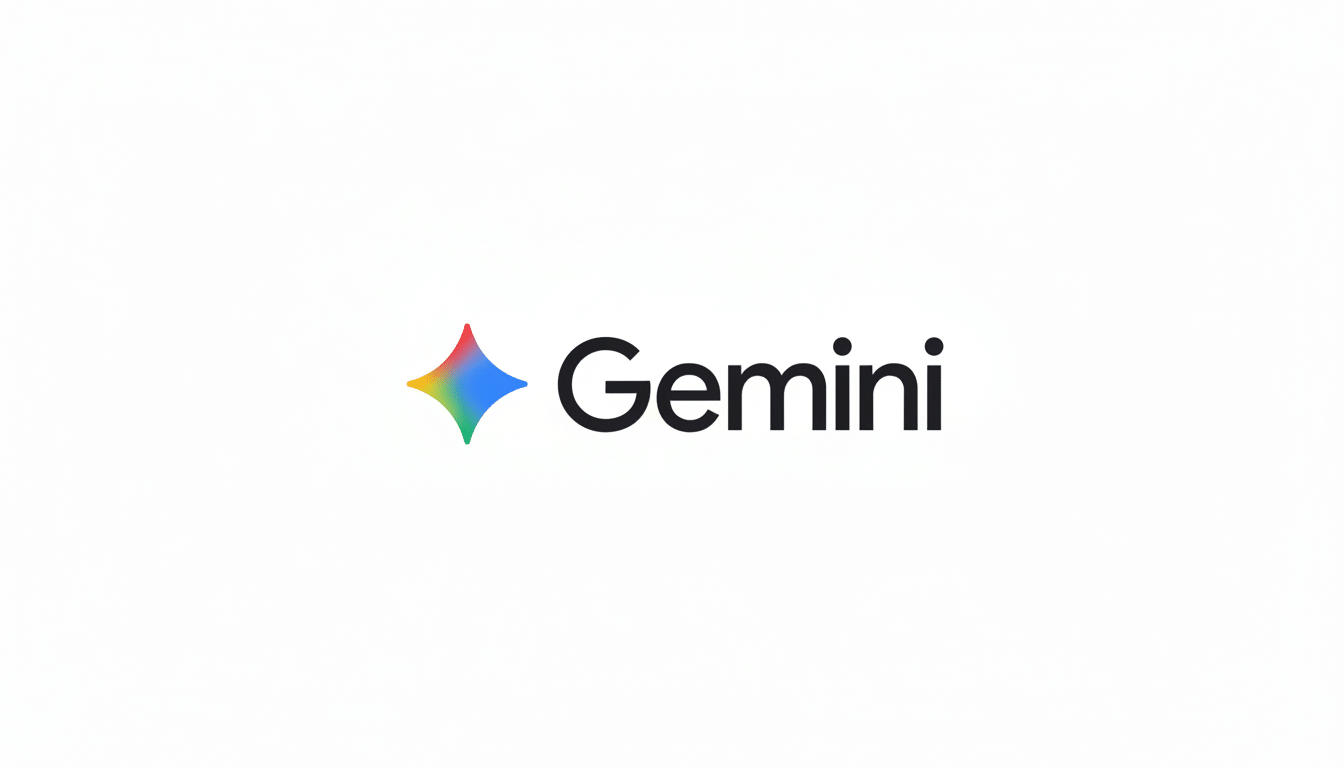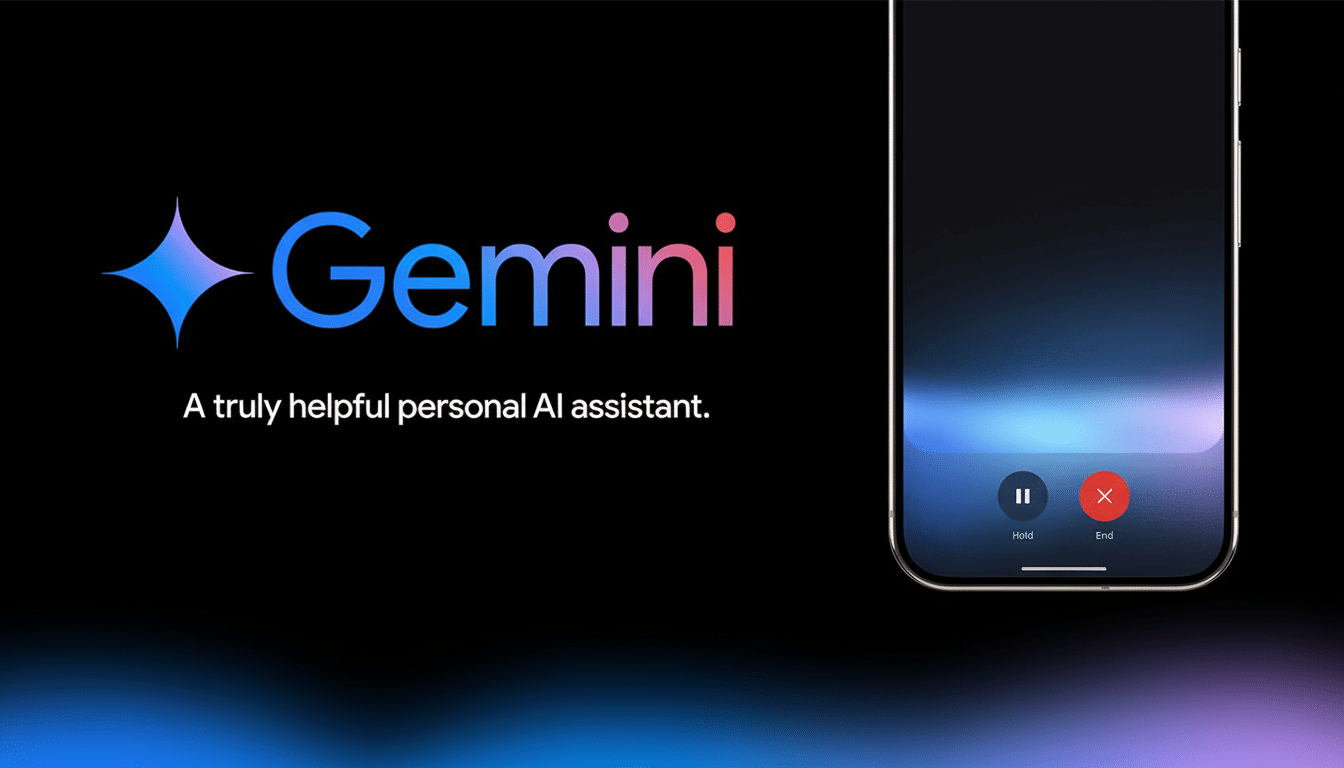Google says it understands that trust in its smart home has worn thin, and it’s gambling that Gemini can sew the relationship back together. The company is shifting Google Home’s brain from an approximately 10-year-old voice stack to its latest A.I. model, in an effort to make commands more intuitive, automations more dependable and reminders across speakers, displays, doorbells and cameras more valuable.
Why Google Needs a Reset for Its Smart Home Platform
Smart speakers offered a holy grail of ease and convenience, but users watched reliability backslide: not actually working this time, failed commands, incomplete routines, flaky media handoffs. Analysts at Canalys have noted a slowing of smart speaker shipments as consumers grow weary of assistants who can set timers but fumble with context. Google’s own forums and social media channels are riddled with angry owners of Nest and Home devices who say they are now paperweights thanks to a faulty update, or that never worked quite right in the first place.

Anish Kattukaran, who directs product for Google Home and Nest, has publicly acknowledged those problems and says his team opted to do a deeper overhaul rather than piecemeal patches. The approach is to overlay old Assistant logic with multi-modal understanding from Gemini in such a way that the system can better decode messy, day-to-day requests and also respond contextually.
What Gemini Changes at Home for Commands and Control
Working with conversational, non-scripted commands is the focus of Gemini for Home. As opposed to fixed phrasing, you can say, “Play that YouTube playlist from earlier on the kitchen display and turn the lights to warm,” and get a single, cohesive string of action. Follow-ups need to be sticky—“make it quieter” is in the same room and context, not one where you need to add back in the target device.
Media controls and scene handoffs are at the forefront, so you’ll find it’s less likely that audio playback will shift between rooms or not start on a different device. Cameras and doorbells get smart notifications, from summaries that differentiate between a driver dropping off a package and someone strolling by the front of your house to identifying whether a car is actually loitering outside rather than just turning around, cutting down on alert fatigue while serving up what’s worth seeing.
Most crucially, Google says the app is becoming faster and more reliable. Camera feeds should load with less lag, device lists ought to populate more promptly and routine edits won’t crash the app. These may be small victories, but they’re the tiny adjustments that help to determine whether families will trust the system on a day-to-day basis.
Backward Compatibility and the Hard Work Beneath
So as not to pressure you into overpriced upgrades, Google is extending features driven by Gemini to most Home and Nest speakers, displays, cameras and doorbells introduced across the better part of the past 10 years. That meant refactoring millions of lines of code and moving old devices to new backends. Some older thermostats connected to decommissioned services will fail to make the jump, but the overall perspective is one of continuity for households already on board, not a fresh start.
This rollout is part of a wider embrace by Google of the Matter standard from the Connectivity Standards Alliance and Thread networking in Nest hubs and routers. Down with the cloud. This marriage of a universal device model (Matter) and local connections (Thread) means fewer hops to the cloud, which enhances reliability. Google’s also continuing to make Home’s scripting tools more robust, so that advanced automations can run locally when there are no latency concerns.

Reliability Metrics Will Be the Key to Trust
Features won’t be meaningful if the basics suck. Households judge the system by three plain measures: did the order take, how fast and is it the same every time. Internally, that means request success rate, median response time and consistency in performing some operation. Kattukaran’s team, he adds, is focusing on those fundamentals — “alarms, timers, lights, locks and thermostats” — and is layering Gemini’s intelligence over the top.
If Google wants to win over skeptics, it should publish progress: app crash rate trends, camera load times, the percentage of routine successes and how frequently people encounter false or duplicate in-camera alerts. Enterprise SaaS teams do this all the time; consumer platforms almost never do. Transparent reliability reporting would be a sign of a truly lasting cultural upheaval, not just a product overhaul.
Privacy, Safety and the Multiuser Reality at Home
A smart home also must be a secure one. According to Google, Gemini for Home will have guardrails that prevent sensitive or risky actions, work with household voice matching and offer clear controls around data retention. That matters as the assistants start summarizing camera footage or inferring intent across users. That may mean tighter defaults on such things as unlocking, combining explicit confirmations and easily auditable activity logs.
Multiuser intelligence is particularly tricky. A shared kitchen display should know whose Spotify to play from, whose calendar to peek at, and if a teen can trigger an automation that disarms the alarm. Gemini’s contextual memory and voice profiles might aid this, but ideally this will be determined more by household-friendly settings and familiarity than model magic.
What Success Looks Like in the Next Phase
Google needs to show that the everyday is boringly reliable in ways that keep you coming back: Lights respond the first time, media moves between rooms without dropping out, doorbell alerts are snappily delivered and the app snaps into action. Medium-term, Gemini ought to help the home feel proactive without being invasive — suggesting routines from your patterns, recapping what cameras saw, and weaving together actions across brands via Matter.
After years of inconsistent execution, the smartest play is for Google to deliver pragmatic improvements on a defined cadence and just show its work. If Gemini really cleans up the core while making control feel more natural, this is how Google Home could begin to win back something even algorithms can’t fake: trust that gets built one reliable day at a time.

